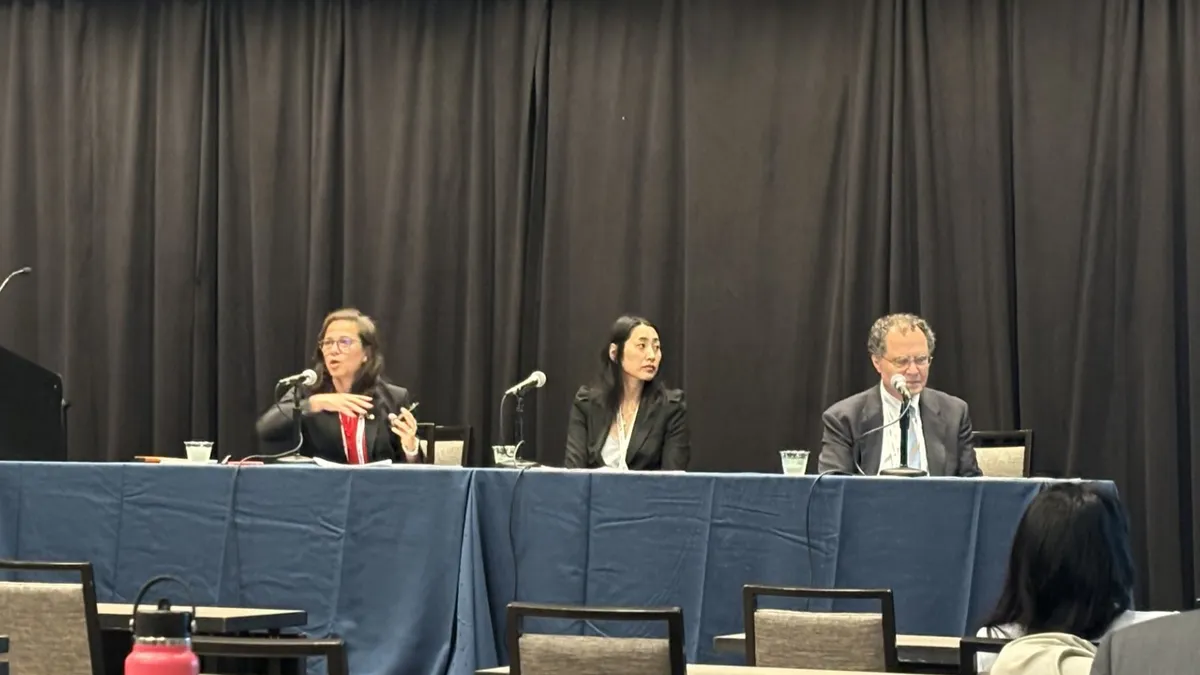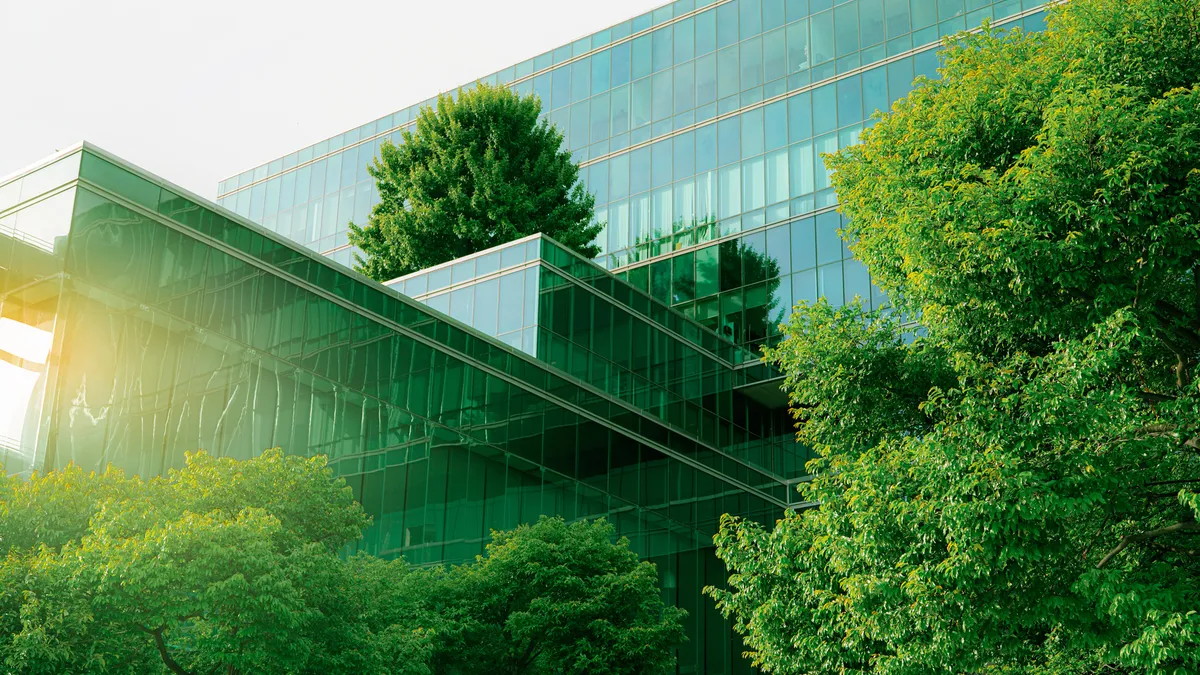WASHINGTON — Climate change is throwing new challenges at builders, including opening them up to more lawsuits. As extreme weather grows in frequency and intensity, the nation’s patchwork of building codes have not kept up with modern conditions — and if something goes wrong, contractors are not off the hook if they simply build to code, legal experts say.
It’s important to understand how courts view the responsibility of construction pros amid a rapidly changing climate and extreme weather conditions that threaten human life and property, said panelists at the National Institute of Building Sciences’ Building Innovation Conference in Washington, D.C., on May 23.
Courts determine liability and negligence in part by taking into account what a person should have known at the time, and today there is a great deal of information available about the increasing frequency and severity of extreme weather events, said Mika Dewitz-Cryan, vice president and risk management attorney at Victor, a Bethesda, Maryland-based general underwriter.
“Compliance with the code or regulations involved is not in and of itself enough to satisfy that standard of reasonable care,” said Dewitz-Cryan, nor is compliance with normal industry practice enough to insulate a builder from a negligence claim, she added.
Courts expect contractors and engineers to stay reasonably informed of developing trends in climate science related to their projects, said Yvonne Castillo, senior vice president and director of risk management at Victor. Climate data illustrate the range of circumstances that builders must plan for and is readily available, she said.
“We don't view models as predictive. We see models as helping demonstrate the general direction,” said Castillo. “Good engineering practices include consideration of foreseeable severe weather events, including any caused by alleged climate change.”
Minimizing legal risk
Although case law indicates that builders are not expected to manage long-term climate change, they do need to adapt to current and foreseeable conditions, according to Castillo. A key thing builders must consider is the potential impact of a project on neighbors in extreme weather, she said.
“As storms intensify, as we experience more flooding, more intense precipitation, or whatever parallel you want to pick, in the coming years, courts are going to expect that you are thinking not just about these foreseeable future climate conditions on a project, but you're also thinking holistically about adjacent properties,” said Castillo.
Protecting vulnerable populations is another critical consideration, because there's a strong recognition that not everyone has the resources to adapt to climate change, Castillo said.
“A future plaintiff’s profile is going to matter,” Castillo said. “If you're designing projects in areas where we have vulnerable populations — because of historically disadvantaged communities or in coastal areas or because of certain climate variables — then you're going to have to think about that.”
To protect themselves, construction pros must communicate a project’s vulnerabilities and relevant climate data to the client, Dewitz-Cryan said. It’s also important to document the conversation, including why the client decides, or declines, to proceed with your recommendations.
Changes coming
As the courts see more climate adaptation litigation, there is generally an expectation that we as a society are on the cusp of a vast array of new circumstances and constant change, said Castillo. Historically, climate patterns were relatively constant, while current patterns and future projections show a great deal of variability.
“The biggest proposed legal change that we see coming … is a change in the legal principle of foreseeability. And what I mean by that is, a switch from an assumption of stationarity to an assumption of non-stationarity [in climate patterns],” said Castillo.
In light of these circumstances, the courts will also have to adapt while at the same time creating stability in the legal system, she said. Broadly, courts want to encourage good adaptive behaviors because they want society, the economy and the environment to be more resilient to expected shocks.
“If you're working in the utility space, transportation, water, hospitals, keep in mind that some level of risk taking and innovation is actually viewed favorably by the courts,” Castillo said.




















